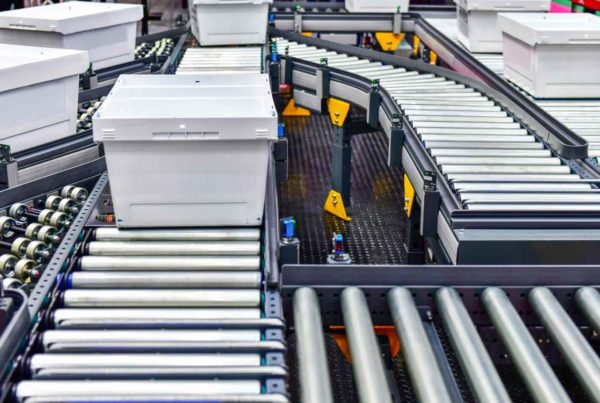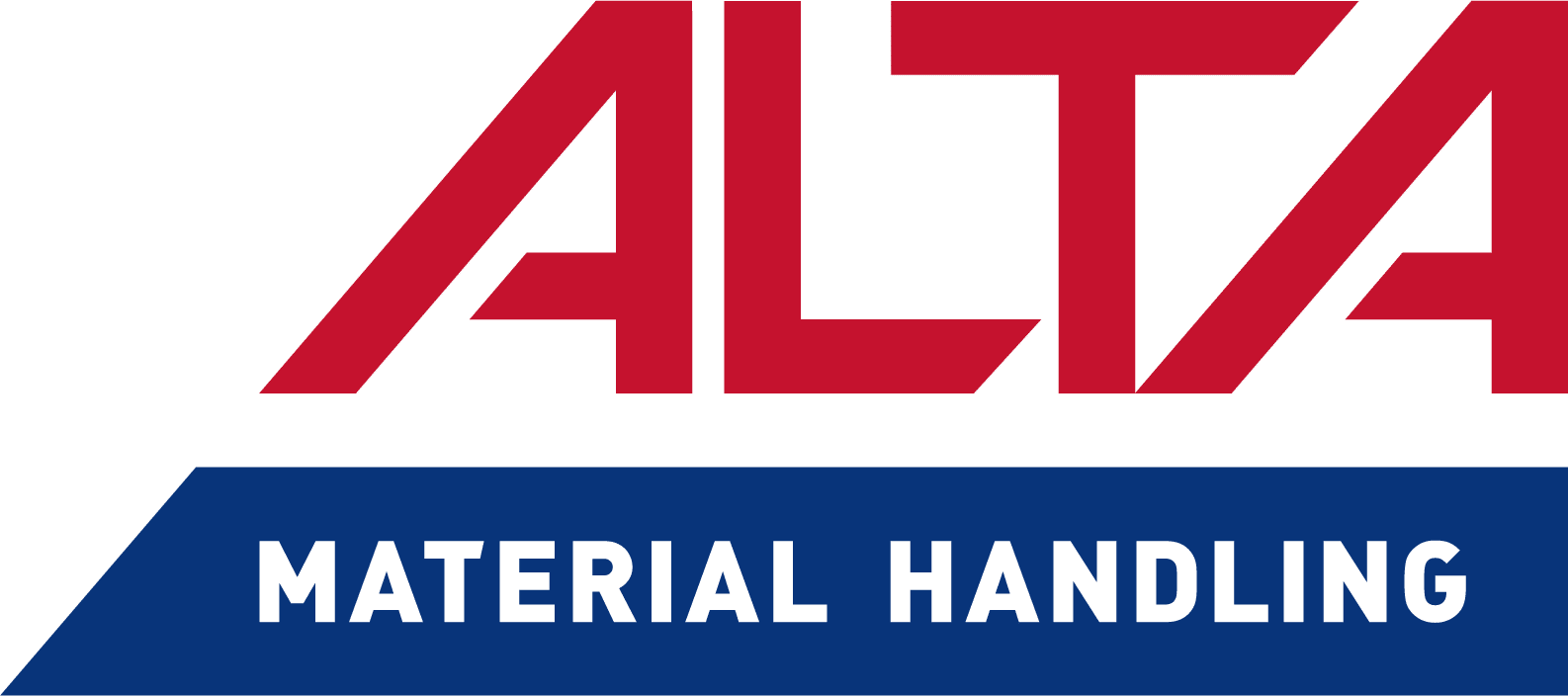Warehouse Logistics Automation: What You Need to Know Before You Start
You’re under pressure. Orders are picking up, space is running out, and it’s harder than ever to find warehouse staff willing to work long shifts at competitive wages. You know automation is out there, and you’ve seen the headlines—robots, AI, conveyors moving product like clockwork.
But here’s what most articles won’t tell you: automation isn’t just a tech investment. It’s an operational strategy. And if you want it to work, you have to do more than install new equipment. You have to engineer it into your business.
At PeakLogix, we’ve been helping companies design and implement logistics automation for over 30 years. And if you’re considering it for your facility, here’s what you need to know before you start.
Why Automate at All?
Let’s cut through the hype.
Warehouse automation doesn’t exist to show off robots—it exists to solve real-world problems. Problems like rising labor costs, high turnover, and growing order volumes. It addresses the increasing demand for accuracy and helps manage space constraints.
If you’re struggling with any of these, automation might not just be an option—it might be essential to stay competitive.
According to a 2024 report by MHI and Deloitte, 78% of supply chain leaders plan to invest in automation technologies within the next two years. That’s up from 61% in 2020. The return on investment is no longer a theory—it’s measurable and attainable.
Start With Strategy, Not Systems
Here’s something we stress in every client engagement: don’t jump straight to technology. The first step isn’t buying a robot. It’s understanding your process.
Where do your teams spend the most time walking? What tasks are repetitive and low-value? Which processes create the most bottlenecks or errors?
At PeakLogix, our discovery process starts with detailed time studies, workflow analysis, and stakeholder interviews. We’re engineers—we measure before we cut.
Without that baseline understanding, you risk automating the wrong thing… or worse, making your process more complicated than it needs to be.
Core Technologies That Drive Real Results
Once you’ve mapped out your inefficiencies, we can start identifying the technologies that fit your operation best. Here’s what we work with most often:
1. Automated Storage and Retrieval Systems (AS/RS)
These systems drastically reduce travel time and increase storage density. They are great for high-volume, high-SKU-count environments.
Best for: eCommerce, pharmaceuticals, parts distribution.
2. Autonomous Mobile Robots (AMRs)
AMRs are like self-driving warehouse carts. They navigate your space in real time, without tracks or wires, and are flexible enough to adapt to dynamic layouts.
Best for: Facilities with shifting workflows or seasonal spikes in volume.
3. Conveyor & Sortation Systems
Reliable, fast, and scalable—conveyors automate material flow across departments. They minimize manual transport labor and increase efficiency.
Best for: High-volume distribution centers and cross-docking.
4. Pick-to-Light and Voice-Picking Systems
These hybrid solutions enhance manual picking speed and accuracy, with minimal training needed. They’re a great first step into automation.
Best for: Medium-sized warehouses or teams not ready for full automation.
5. Goods-to-Person (GTP) Solutions
Goods-to-person systems bring inventory directly to operators, reducing walk time and increasing picking accuracy dramatically.
Best for: Fast-paced fulfillment with a large number of SKUs.
The Software That Ties It Together
Hardware without software is just a fancy paperweight.
Your Warehouse Management System (WMS) needs to serve as the command center. It should coordinate inventory, manage orders, and sync with your automation equipment.
We work with clients to build custom dashboards that show real-time data—throughput, picking accuracy, inventory levels—all in one place.
The result? You make decisions based on insight, not guesswork.
What’s the ROI on Warehouse Automation?
A common question we get: “What’s the ROI?”
Here’s what we typically see after implementation:
- Labor savings: 20–40%
- Picking accuracy: Up to 99.9%
- Order cycle times: Cut in half or more
- Space savings: Up to 85% with vertical storage
- ROI timeline: 18–36 months
Let’s bring that to life with a quick case study.
Mini Case Study: Retail Fulfillment Center
Challenge:
A regional apparel company struggled to keep up with online order volume during peak season. They had to hire temporary workers and returns were climbing due to mis-picks.
Solution:
We implemented AMRs for inter-zone movement, upgraded the WMS, and introduced pick-to-light systems in their high-turnover zones.
Results:
- 99.5% order accuracy
- 32% labor cost reduction
- ROI achieved in 19 months
The client didn’t just save money—they positioned themselves to scale nationally without adding warehouse space or headcount.
Key Metrics to Track
Once automation is in place, you need to track results. Here are the KPIs we help clients monitor:
- Throughput (orders/hour)
- Picking accuracy (% errors)
- Inventory accuracy
- Labor cost per order
- Dock-to-stock time
- Cycle time from order to ship
These aren’t just numbers—they’re the pulse of your warehouse.
Frequently Asked Questions
Q: Is my warehouse too small for automation?
Not at all. Many solutions—like AMRs or pick-to-light—are ideal for mid-sized operations and can be scaled over time.
Q: Do I need a new WMS to start?
Not necessarily. We often integrate automation with existing WMS platforms. But if your WMS is outdated, we may recommend an upgrade to support real-time orchestration.
Q: How long does implementation take?
It depends on the complexity of the system. Smaller projects can be completed in 6–8 weeks. Larger, integrated systems may take 4–6 months.
Common Mistakes to Avoid
After years in the field, here are a few mistakes I’ve seen clients make:
- Automating a broken process: Fix the workflow first.
- Overcomplicating the system: More doesn’t always mean better.
- Underestimating change management: People need time to adjust.
- Skipping integration: Automation without data flow creates blind spots.
That’s why we guide clients from strategy through implementation—and beyond.
Working with PeakLogix
When you work with us, you’re not just buying equipment. You’re partnering with engineers, strategists, and integration specialists.
Here’s what we offer:
- Discovery & Design – We analyze your operation, goals, and constraints.
- Custom Engineering – We design solutions that solve your specific challenges.
- System Integration – We install, test, and ensure your systems talk to each other.
- Training & Optimization – We onboard your team and monitor performance.
Whether you need one robot or a full system overhaul, we’ll help you scale with confidence.
References
- MHI & Deloitte. (2024). 2024 MHI Annual Industry Report: The Collaborative Supply Chain. Retrieved from https://www.mhi.org/publications/report
- McKinsey & Company. (2022). Automation in logistics: Big opportunity, bigger challenge. Retrieved from https://www.mckinsey.com/industries/operations/our-insights/automation-in-logistics
- Warehouse Automation Market Report. (2023). LogisticsIQ Market Intelligence. Retrieved from https://www.thelogisticsiq.com/research/warehouse-automation-market
Final Thoughts: Build for the Future
Automation isn’t just about today’s pain points—it’s about building resilience and agility into your operation for the next five years.
Even small changes—like upgrading picking processes or adding basic robotics—can unlock massive improvements in throughput and customer satisfaction.
So don’t wait until you’re overwhelmed. Start now. Start smart. And start with a partner who knows what success really looks like.
Want to talk shop?
Contact PeakLogix to schedule a discovery session. Let’s engineer what’s next—together.





